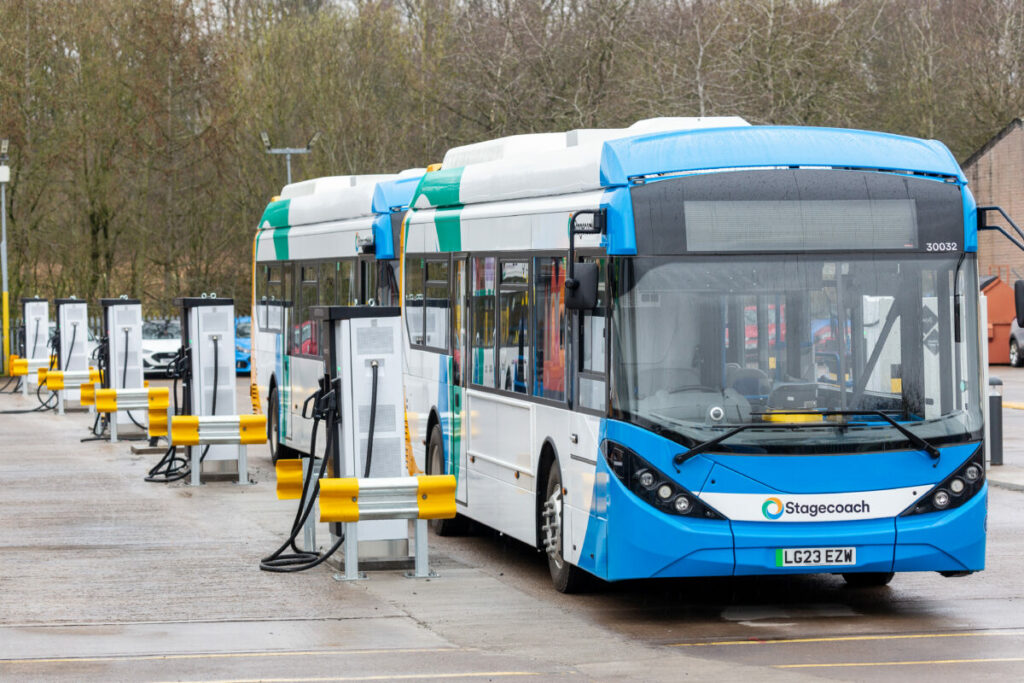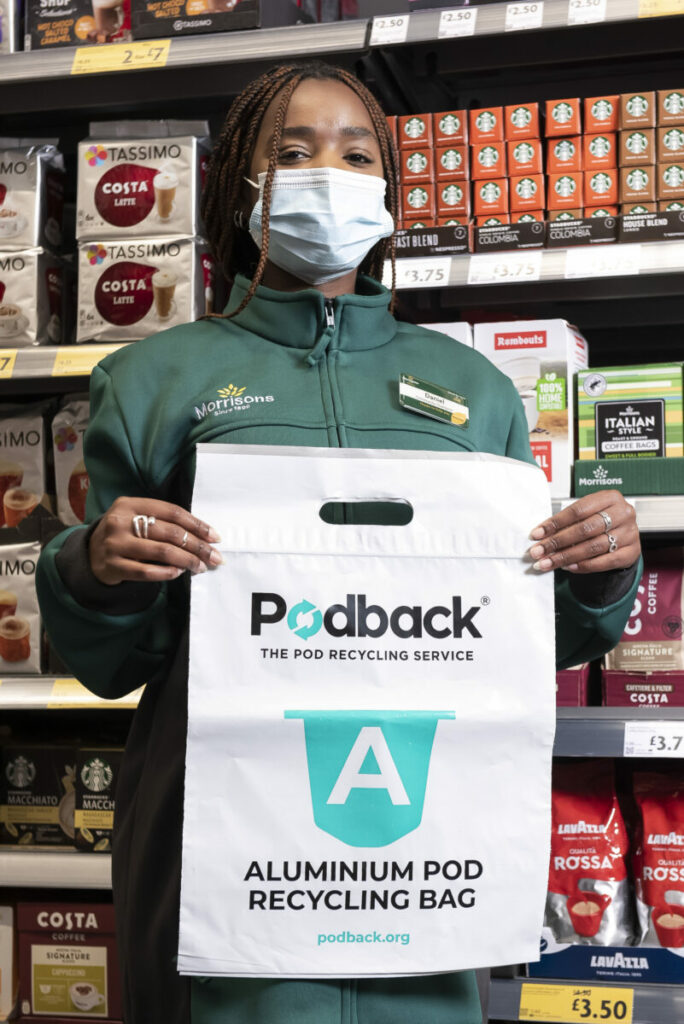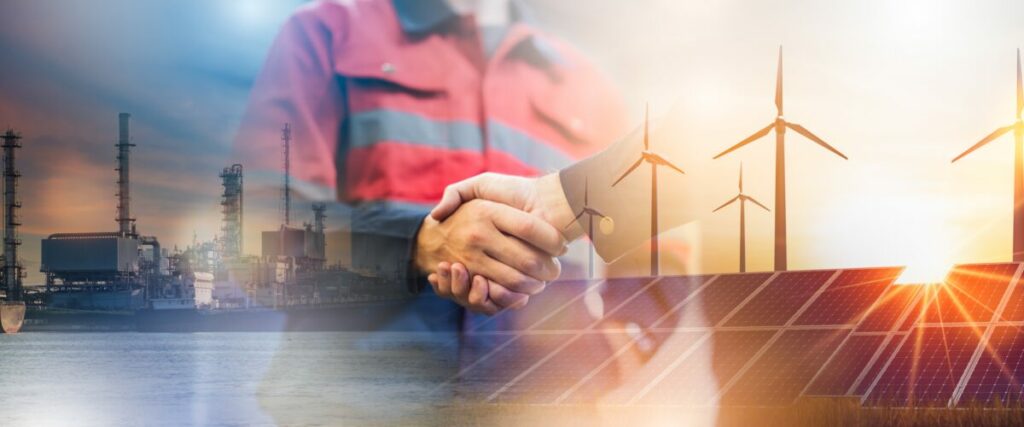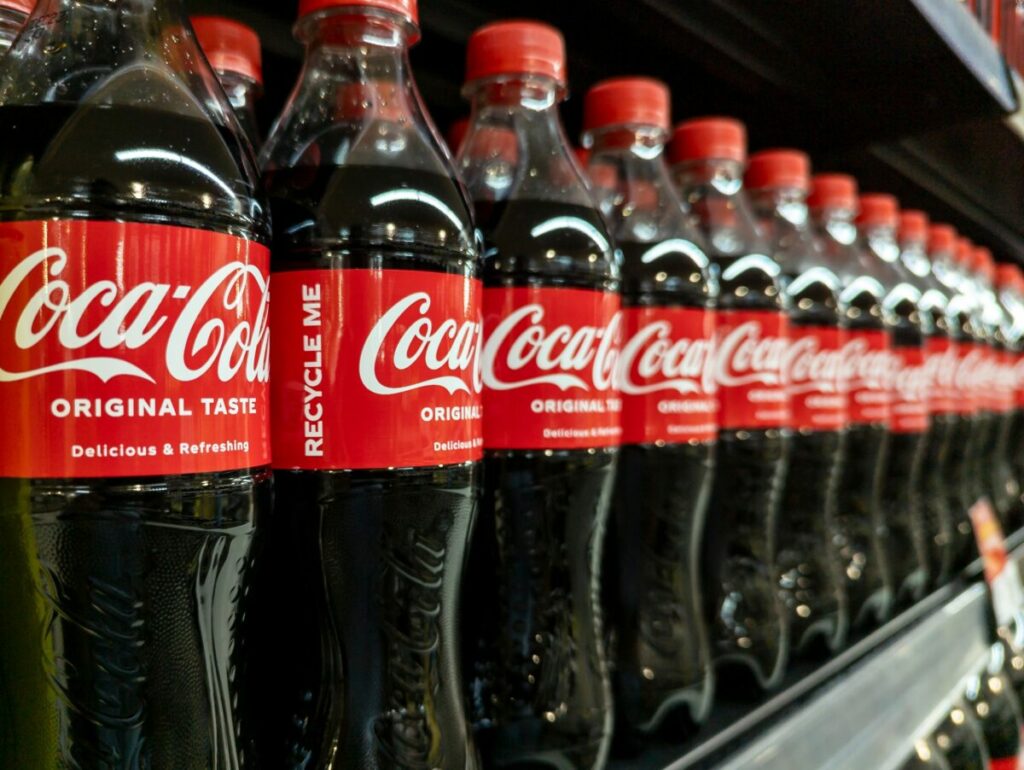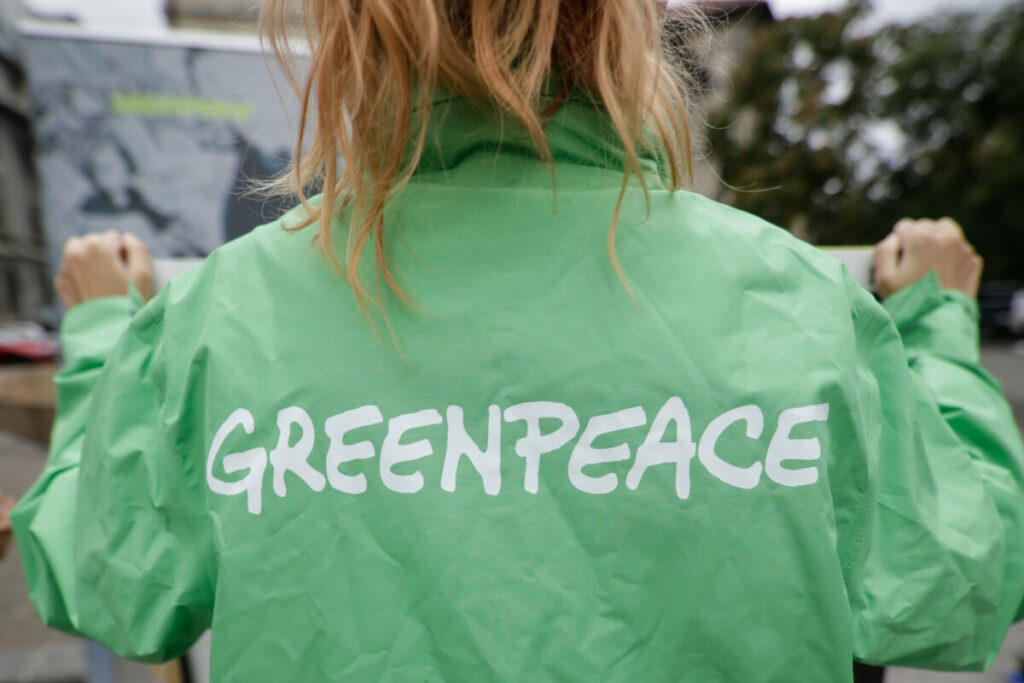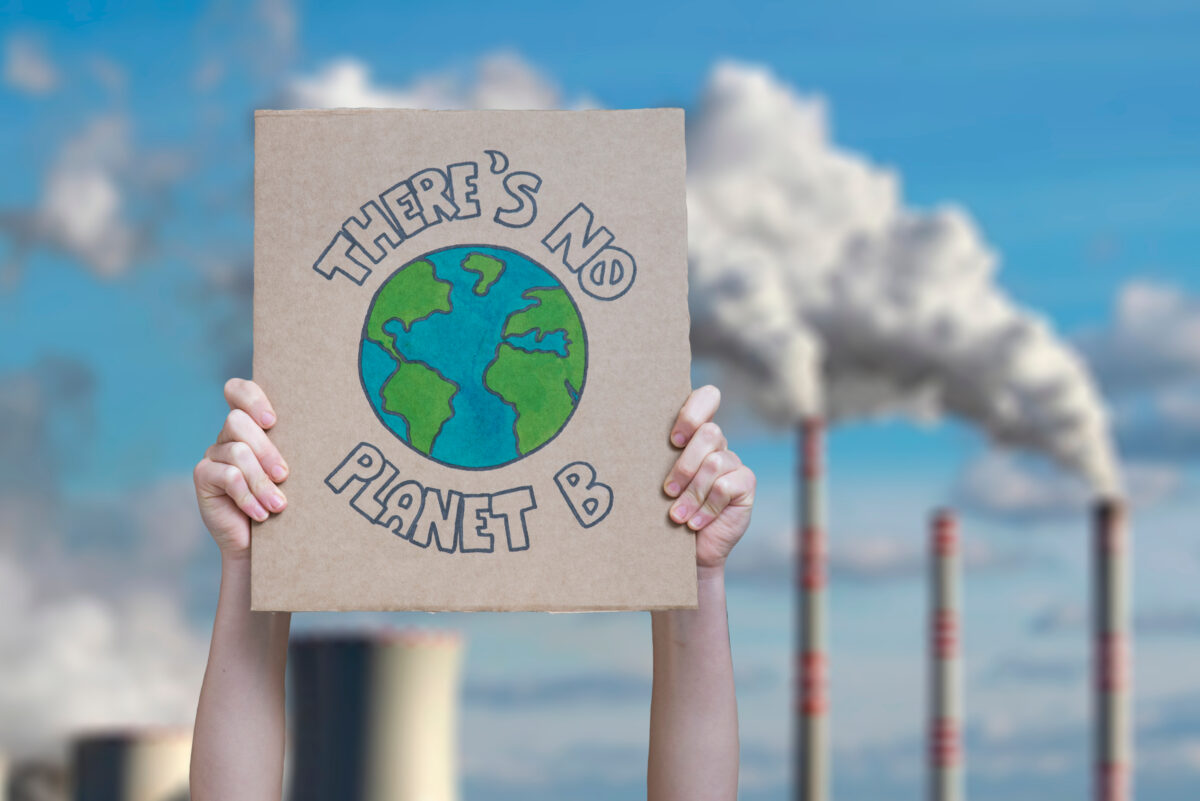Unilever is piloting near zero emissions synthetic soda ash, in collaboration with its India business Hindustan Unilever as well as leading chemical companies TFL and Fertiglobe.
The soda ash is made from green hydrogen, with the boilers used to make the ash having been shifted from coal to renewable energy from cashew kernels.
In addition, the CO2 produced by the boiler is captured during the manufacturing process, and used to replace the CO2 that would otherwise need to be produced.
The initial pilot is anticipated to help make enough near-zero soda ash for around 6,000 tonnes of laundry powder; a further agreement has been signed with TFL which will continue to supply the soda ash helping to reduce emissions by more than 60%.
Subscribe to Sustainability Beat for free
Sign up here to get the latest sustainability news sent straight to your inbox everyday
Unilever states that 60% of its greenhouse gas emissions (GHG) come from raw materials and ingredients, whilst in its home care business this is closer to 80%.
Hindustan Unilever (HUL) is on track to reach the wider business target of cutting greenhouse gas emissions from its operations by 100% by 2030 against a 2015 baseline.
“To drive the emission reductions required in the chemicals industry, we are working together to develop new technologies and processes. We’re excited to be partnering with Unilever to produce industry-leading near-zero emissions synthetic soda ash with a view it to it being scaled up,” said TFL group chairman Ashwin Muthiah.
Fertiglobe and OCI global CEO Ahmed El-Hoshy added: “This exciting development is at the forefront of the home care industry’s using ammonia as an emerging decarbonisation tool. This is one of the first examples of how it can be used to reduce CO2 emissions for an established industrial process”.





